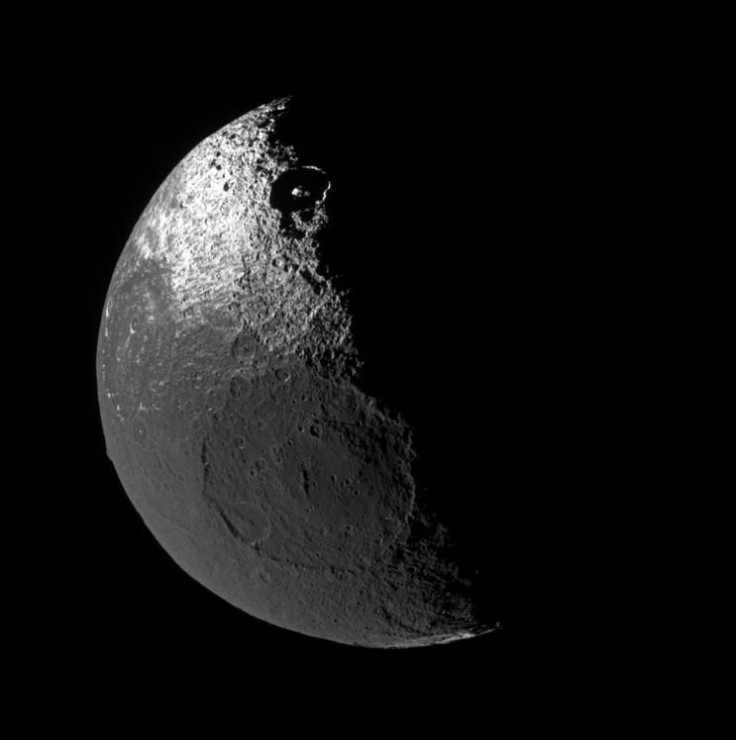What Happens To Earth If An Asteroid Destroys The Moon?

Aside from Earth, the Moon is also in danger of getting completely destroyed by a killer asteroid. If this happens, Earth will go through various events that can significantly affect life on the planet.
Each day, dozens of asteroids fly past Earth. Some of these asteroids approach the planet from millions of miles away while others fly within a distance equivalent to that between the Earth and the Moon.
This clearly indicates that like Earth, the Moon is also susceptible to colliding with an asteroid. If it ends up getting hit by a very massive asteroid, the large explosion from the impact could destroy the Moon.
Probably the immediate effect Earth will experience following the destruction of the Moon is multiple impact events. If an asteroid is big enough to obliterate the Moon, it would send huge chunks of debris barreling towards Earth.
Although some of the lunar fragments that will hit Earth could be as big as the asteroid that wiped out the dinosaur 66 million years ago, they would release less energy on the planet. This is because aside from their size, the impact energy released by asteroids is caused by their speed, which can range from 20,000 to 50,000 kilometers per hour, Forbes reported.
The chunks from the Moon, on the other hand, will approach Earth at a much slower speed. However, this does not automatically mean they’re not dangerous. These large fragments can still cause a lot of damage to populated towns and cities across the planet.
Another major effect that Earth will go through if an asteroid destroys the Moon is the change in the planet’s axis. The Moon and Earth are tidally locked, with each of them serving as a gravitational anchor to keep each other’s orbit stable.
With the Moon gone, Earth’s axial tilt will drastically shift and change the planet’s orbit around the Sun. The unstable axial tilt will also cause the planet’s poles to shift. These effects would all contribute to extreme climate variations on the planet. It could even plunge Earth into a new ice age within a few hundred years.
© Copyright IBTimes 2025. All rights reserved.





















